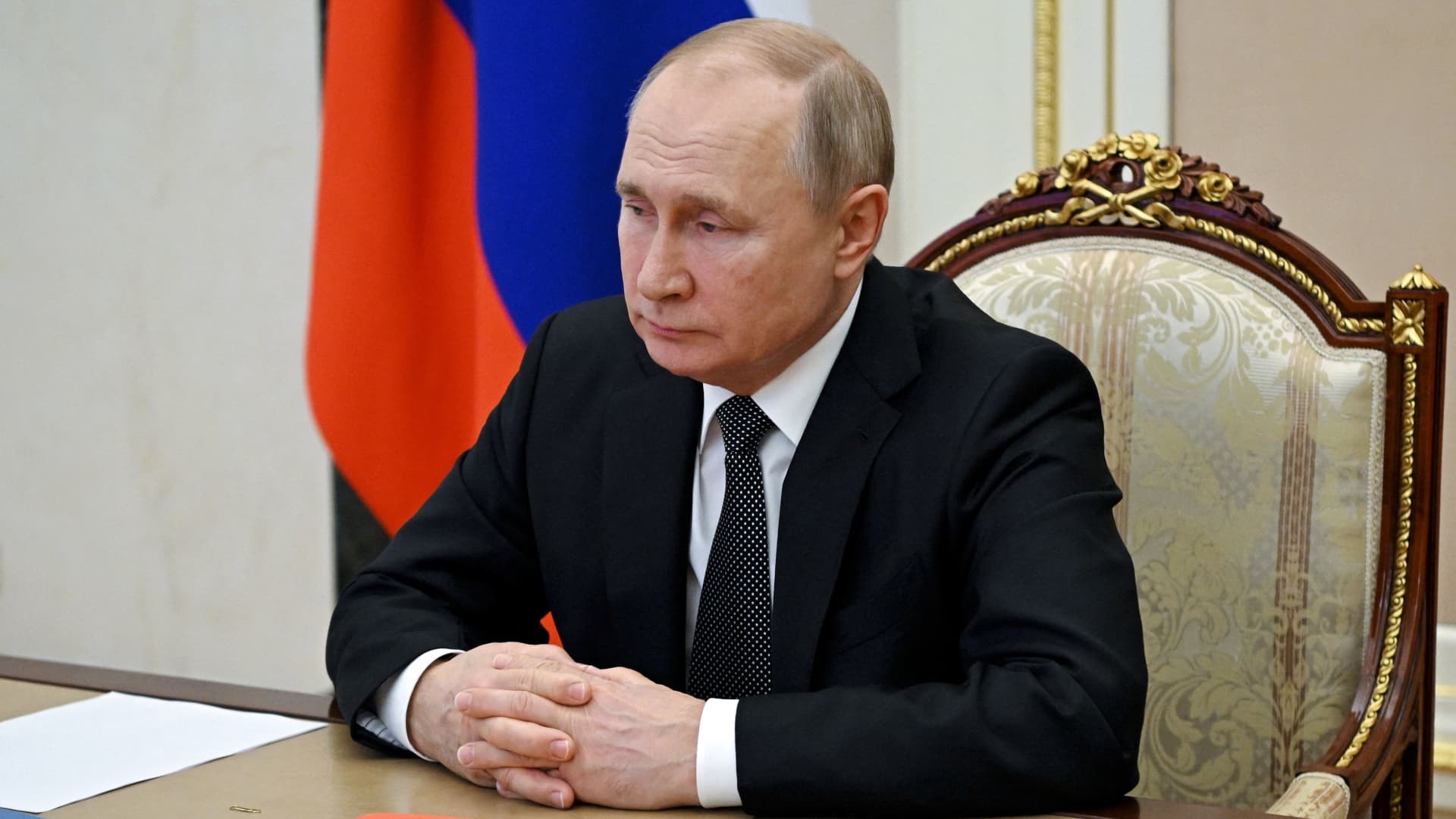
The Central Bank of Russia on Friday held its monetary policy steady and maintained its key interest rate at 20%, but warned of considerable uncertainty as the country’s economy undergoes a “large-scale structural transformation.”
In late February, shortly after Russian forces invaded Ukraine, the CBR more than doubled the country’s key interest rate from 9.5% to 20% in an effort to prop up its plunging currency and mitigate the impact of tough international sanctions.
In its statement Friday, the CBR said the sharp increase in its key rate had “helped sustain financial stability.”
“The Russian economy is entering the phase of a large-scale structural transformation, which will be accompanied by a temporary but inevitable period of increased inflation, mainly related to adjustments of relative prices across a wide range of goods and services,” it said.
“The Bank of Russia’s monetary policy is set to enable a gradual adaptation of the economy to new conditions and a return of annual inflation to 4% in 2024.”
The ruble sank to record lows against the dollar on the back of a barrage of new sanctions and penalties imposed on Moscow by the U.S. and European allies, before moderating in recent weeks. The currency sat at just over 104 to the dollar following the decision Friday.
Earlier this week, Russia managed to stave off a historic debt default by completing some of its sovereign bond payments in dollars, Reuters reported. The Russian Finance Ministry said Friday that it had met its obligations to pay coupons on dollar-denominated eurobonds in full.
The CBR’s large quantities of foreign currency reserves were targeted by Western sanctions that aimed to render them almost inaccessible, preventing policymakers from mitigating the depreciation in domestic assets.
Three takeaways
While the decision was expected, the central bank’s statement gave some insight into how it views the economic outlook for Russia at present.
William Jackson, chief emerging markets economist at Capital Economics, said there were three key takeaways, the first of which was that the central bank seems to think it has done enough with last month’s emergency hike to stabilize the financial system and prevent a run on Russian banks.
“Second, the CBR sees sanctions and a shift by the Russian government towards autarky and isolationism as something that is here for the long haul,” Jackson said, noting that the statement mentioned the “large-scale structural transformation” on several occasions.
“And third, despite that, policymakers at the CBR are trying to maintain a semblance of macroeconomic orthodoxy. The over-riding focus of the statement was on the balance of inflation risks and that monetary policy would remain tight to prevent second-round effects from the current inflation spike from taking hold.”
This may indicate that policymakers aim to roll back the current capital controls, revert to a floating ruble and return the focus of monetary policy to inflation-targeting eventually, Jackson suggested.




